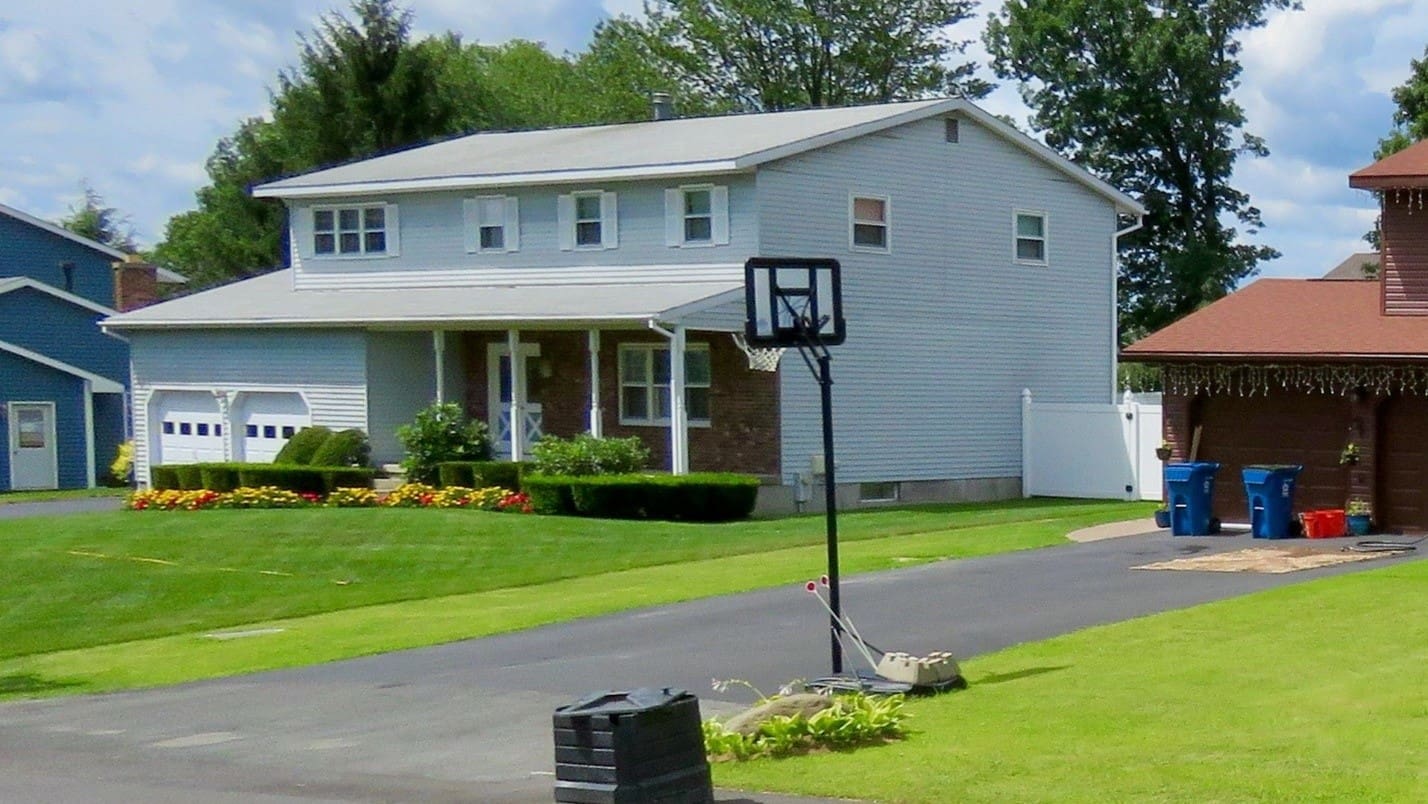
I have a stunning admission to make. I love lawn weeds. I know, I know. You don’t need to tell me. Failure to control weeds is the number one reason that lawn care customers cancel their services. And yes, I have battled the dastardly dandelion and the crafty clover in lawns for years. Most of the time I was successful, sometimes not. Which brings me to trying to answer the oft-repeated question at this time of year: “What weed killer should I use to kill this weed?”
The answer to this question is what led me to my fascination with weeds. The first step in successfully controlling weeds is to identify what weeds are present. This may sound easy, and for some weeds it is, but others can bear an uncanny resemblance to one another.
For instance, to the untrained eye, white clover, black medic and yellow woodsorrel look the same. It is not until you are clued into the secrets of identifying and classifying weeds that you recognize that not only are they not the same plant, but they are profoundly different. And if you do not understand the differences between these weedy plants, you will not be successful in controlling them.
So, what weed killer is best? First, I am a stickler for terminology, especially when it comes to pesticides. Pesticides that we use to control weeds are called herbicides. Using the proper terminology allows us to group herbicides together by their mode of action, or how the herbicide does its dirty work. We can also group herbicides together in a way that tells us how or when the products work. For instance, a pre-emergent herbicide is applied in advance of seedling germination while a post-emergent product is applied to existing weeds.
We can also describe where in the plant the herbicide is active; a systemic herbicide moves throughout the vascular system of the plant while a contact herbicide does its thing on the leaf surface. Not understanding these nuances will lead you down a path to failure.
That still doesn’t answer the question: what herbicide is best? You may have heard the answer from a university professor at a training seminar, “The very best herbicide of all is a dense stand of vigorously growing turfgrass.” You may be frustrated at that answer but it’s so absolutely true. Let’s unpack what that sentence means and how you can put it to work for you.
Plants compete with one another for resources such as nutrients, water, light and space. When one plant has a competitive advantage over another, the stronger plant will squeeze the weaker plant out and dominate the area. We see this phenomenon all the time in lawns, especially during the summer when weeds like crabgrass simply explode in growth and seemingly take over your lawns. Sure, you can apply post-emergent crabgrass control to the lawn but what if you could change the circumstances that allowed the crabgrass to thrive in the first place?
That is what best management practices are all about. BMPs for short, these documents are published by university cooperative extension services and guide the turfgrass manager in growing better turf long before crabgrass has the opportunity to germinate.
An example of a best management practice that thwarts crabgrass is mowing at a higher height of cut and doing so dramatically. In the photo above, the lawn in the foreground is 100 percent crabgrass while the lawn in the background has virtually none. The difference? Well, judge for yourself.
Other aspects of BMPs may come into play but as is the case with so many other aspects of life, the fundamentals must come first.
Here’s another observation that goes against conventional wisdom. Dr. Matt Elmore is a turfgrass weed specialist at Rutgers University. He has made the observation that white clover is antagonistic towards crabgrass. Could adding clover to your lawns be a best management practice for your program? Maybe not, but I know a lawn care company in Connecticut that adds microclover to their seed mixture.
When we visited this tall fescue/microclover lawn, the customer greeted her lawn care guy with a big hug. That’s a bit different than being canceled for failing to control weeds. There’s nothing wrong with shifting paradigms, after all.
This article was published in the May/June issue of the magazine. To read more stories from The Edge magazine, click here to subscribe to the digital edition.

